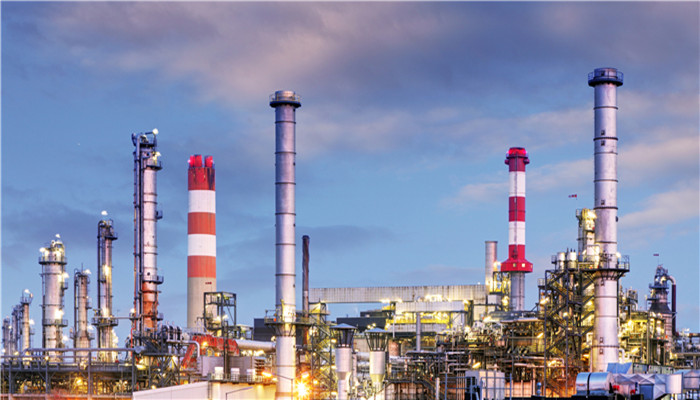
Environmental policies are becoming stricter, and the concentration of the glycine (Gly) industry continues to increase
Glycine (Gly), also known as aminoacetic acid, has a chemical formula of C2H5NO2 and is a non-essential amino acid. Glycine appears as white to off-white crystalline powder, easily soluble in water, but almost insoluble in ether and ethanol. Glycine has extremely strong hydrophilicity and buffering properties and is widely used in medicine, food processing, chemical industry, agriculture and other fields.
There are many types of glycine production processes, including phase transfer catalysis method, Bucherer method, biosynthesis method, monochloroacetic acid ammoniation method, Strecker method, etc. At present, the Streeck method is the mainstream preparation method of glycine in the world. It uses hydrogen cyanide, ammonia and formaldehyde as raw materials, and finally adds alkali solution for hydrolysis to finally produce glycine. The production technology of the Strecker method is relatively complex and requires high production equipment. It has not been widely used in Chinese enterprises. The monochloroacetic acid ammonolysis method is the main preparation method of glycine in my country, but this method has problems such as poor product quality and long reaction time.
The agricultural field is the largest demand side for glycine in my country, accounting for 80.0% of the demand. Glycine is mainly used to produce the biocidal herbicide-glyphosate. Glyphosate accounts for nearly 30.0% of the global herbicide market. Driven by market demand, my country’s glyphosate production continues to grow. In 2021, my country’s total glyphosate production reached 613,000 tons, a year-on-year increase of 8.5%. Driven by the rapid development of downstream industries, my country’s glycine production capacity has continued to expand and has become the world’s largest glycine producer. According to the “2022-2027 Glycine Industry Market In-depth Research and Investment Prospect Forecast Analysis Report released by the Industrial Research Center, in 2021 my country’s glycine production capacity reaches 467,000 tons/year, and its output reaches 451,000 tons.
The main raw materials of glycine include formaldehyde, liquid ammonia, acetic acid, liquid chlorine, etc. my country is a major producer of formaldehyde, with its formaldehyde production capacity ranking first in the world. In recent years, my country’s liquid chlorine production has shown a gradual upward trend, with production reaching 31.986 million tons in 2021, a year-on-year increase of 3.1%. Although the supply of raw materials is sufficient, their prices continue to rise, resulting in the continuous increase in the cost of glycine production in my country.
Restricted by national environmental protection policies, China’s glycine production companies with backward production capacity are gradually being eliminated by the market, further increasing industry concentration. Hebei Donghua Jiheng Chemical Co., Ltd., Shijiazhuang Donghua Jinlong Chemical Co., Ltd., and Shandong Hongtai Chemical Co., Ltd. are the glycine production enterprises with relatively high production capacity in China. Donghua Jinlong is my country’s largest glycine supplier. Its production capacity will exceed 140,000 tons/year in 2021, ranking first in the industry.
Industry analysts said that glycine, as the simplest amino acid, is widely used in pharmaceuticals, chemicals, pesticides and other fields, benefiting from downstream industries With continuous development and growth, my country’s glycine market demand continues to grow. However, currently, due to factors such as high technical barriers, the quality of my country’s glycine products is poor and unable to meet local market demand. Driven by national environmental protection policies, the concentration of my country’s glycine industry continues to increase.

 微信扫一扫打赏
微信扫一扫打赏

